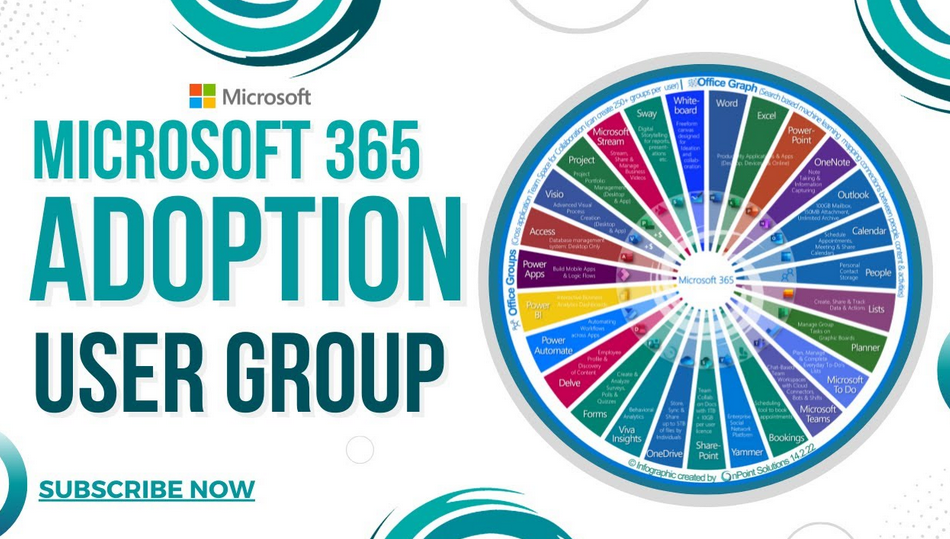Introduction to serverless security As we transition from the concept of microservices, which we discussed in the previous chapter, it is essential to understand that serverless architectures are not just […]
Read More
The pool model – Secure Design Patterns for Multi-Tenancy in Shared Environments
The pool model The pool model is a prevalent design approach for implementing multi-tenancy, particularly favored for its resource efficiency. In this model, multiple tenants share the same resources, such […]
Read More
Multi-tenancy design patterns – Secure Design Patterns for Multi-Tenancy in Shared Environments
Multi-tenancy design patterns This section delves into three primary multi-tenancy design patterns—silo, pool, and bridge models—each with its unique advantages, challenges, and use cases. These patterns not only influence the […]
Read More
Compute-level Isolation – Secure Design Patterns for Multi-Tenancy in Shared Environments
Compute-level Isolation Compute-level isolation is another critical aspect of ensuring data security and integrity in a multi-tenant environment. Unlike database-level isolation, which focuses on the segregation of data at rest, […]
Read More
Comparison with microservices – Implementing Security for Serverless Deployments
Comparison with microservices Serverless architecture can be considered a specialized form of microservices architecture. In a traditional microservices setup, each service is designed to perform a specific function or process […]
Read More
Access control – Implementing Security for Serverless Deployments
Access control Access control in an event-driven environment can be particularly complex due to the dynamic nature of these architectures. As always, the principle of least privilege should be thoroughly […]
Read More
Dead-letter queues (DLQs) – Implementing Security for Serverless Deployments
Dead-letter queues (DLQs) DLQs serve as a safety net, capturing events that fail to reach their intended targets. These queues can be monitored to provide additional security insights, such as […]
Read More
Code integrity – Implementing Security for Serverless Deployments
Code integrity Code integrity is the foundation of any secure application. Ensuring that the code running in your Lambda functions is exactly what you expect it to be is crucial […]
Read More
Package scanning – Implementing Security for Serverless Deployments
Package scanning Before deploying any code to Lambda, it is advisable to scan the code package for vulnerabilities. Various tools are available for this purpose, including AWS-native and third-party solutions. […]
Read More
Networking – Implementing Security for Serverless Deployments
Networking Networking is a complex but crucial aspect of Lambda function configuration. Whether you stick with the default settings or opt for a VPC, understanding the right networking options and […]
Read More